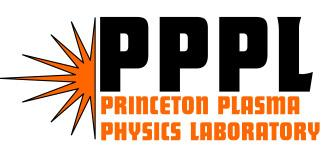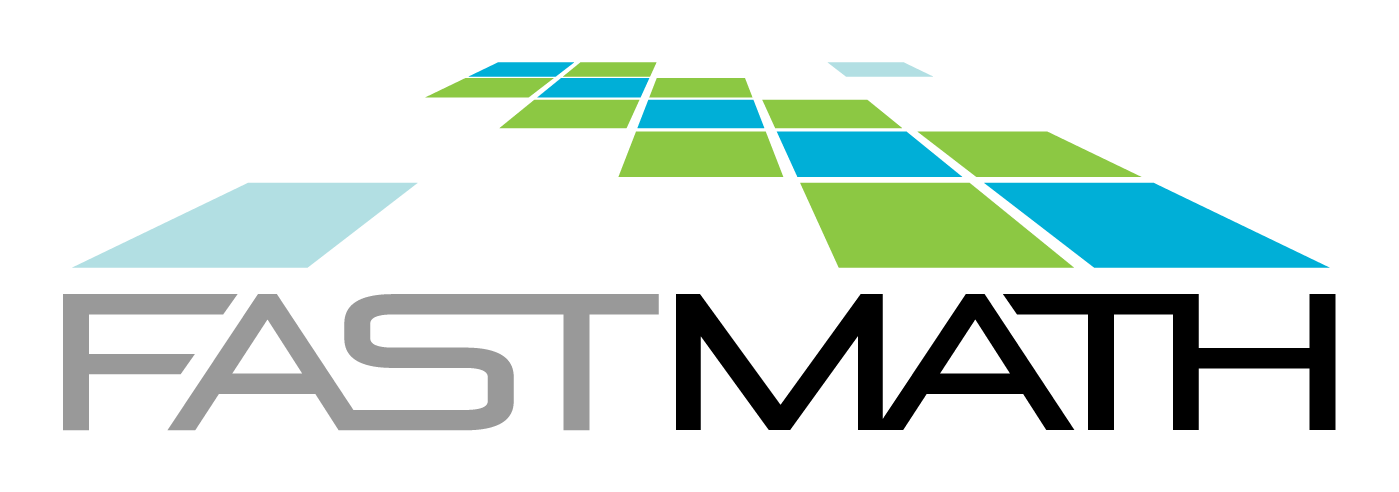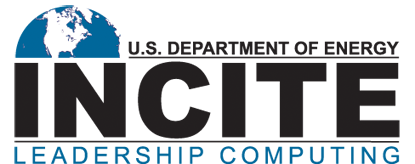Home
Update: in Summer 2025 I changed institutions from Southern Methodist University (Department of Mathematics) to the University of Maryland Baltimore County, as a member of the UMBC Department of Mathematics and Statistics.
In recent decades computation has joined theory and experiment as the third pillar of the scientific method. During this time, simulation complexity has evolved from relatively simplistic calculations involving only a handful of basic equations, to massive models that combine many physical processes. While early simulations could be well-understood using standard mathematical techniques, applied mathematics has unfortunately not kept up with the fast pace of scientific simulation development. Thus, although there now exist incredibly efficient algorithms and elegant theory for many relatively simple models, computational scientists who study highly-realistic systems must typically “solve” their multiphysics models using ad hoc methods with questionable accuracy and stability. My research program aims to bridge this gap between mathematical theory and scientific computing practice, through creating, applying, and disseminating flexible algorithms that may be tuned for modern, multiphysics problems, while still providing mathematical assurances such as accuracy, stability and parallel scalability.
General research interests
Derivation and implementation of advanced time integration methods and algebraic solvers for complex multiphysics simulations.
Highly collaborative interdisciplinary science.
Scalable, highly performant, robust and open-source mathematical software.
Hiring
I am always looking for talented Ph.D. students to join my research group. Interested students must apply to the UMBC Mathematics and Statistics Ph.D. program. In your personal statement you should indicate an interest in working with me. You should also email me directly so that we can discuss your background and research interests, and so that I can shepherd your application through our admissions committee.
Further information
An up-to-date list of my publications, including DOI links, is provided on the Publications page.
Links to many of the open-source software projects where I have contributed are provided on the Software page.
Funding support
I am grateful for the generous research support (current and past)from multiple agencies:
 |  |  |
 |  |  |
 |  | |
 |  |  |
